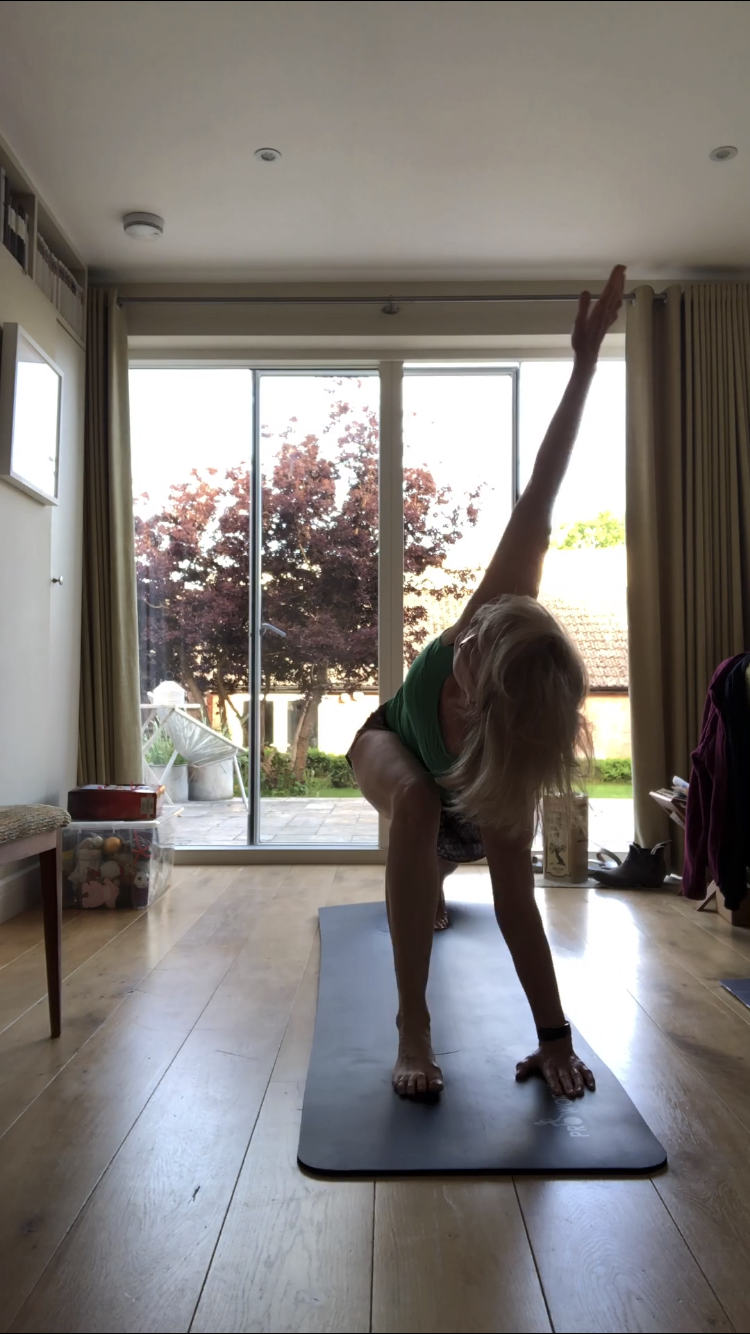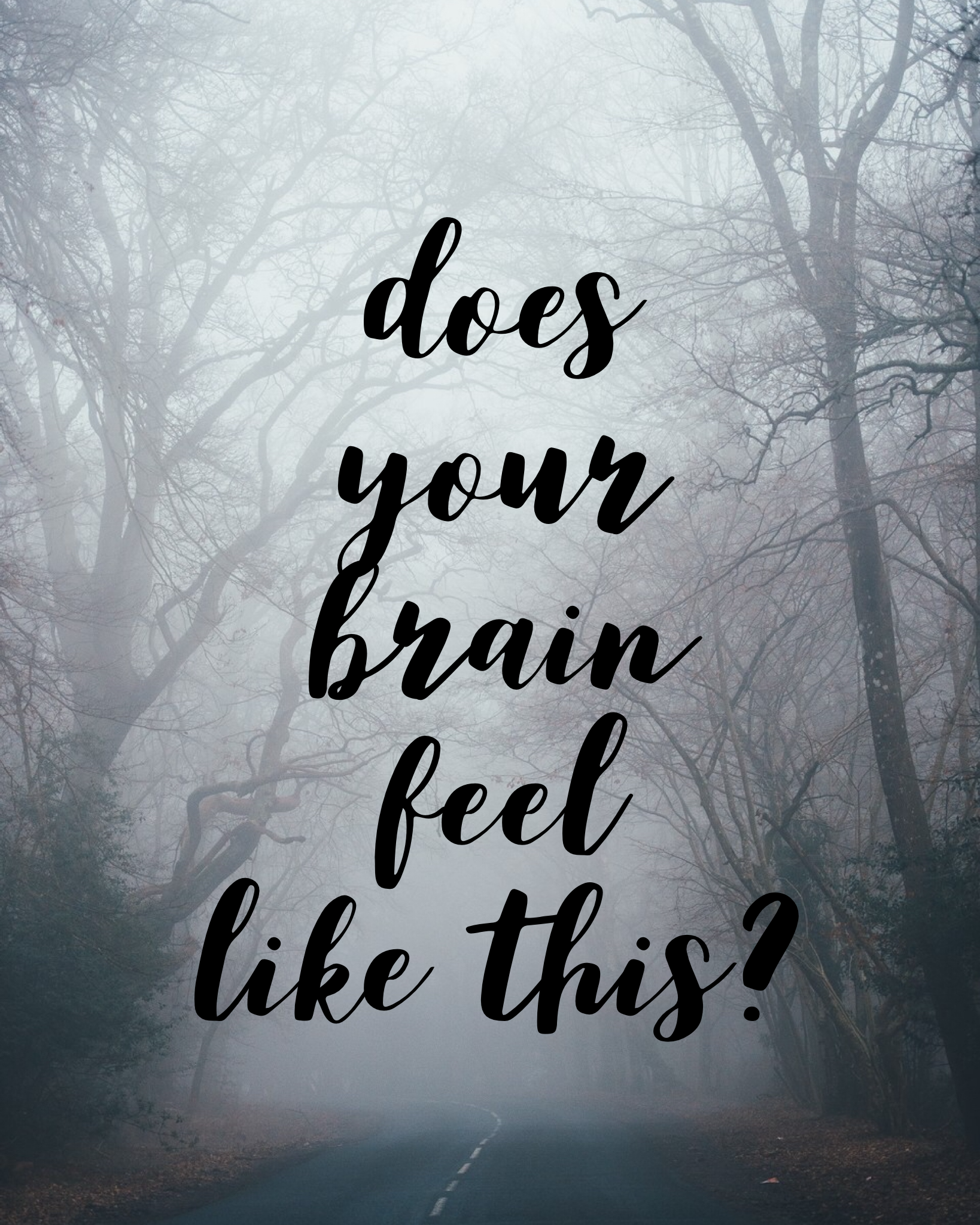Red hot and throbbing?
No not that.. I'm talking Inflammation!
Red hot and throbbing is what most people will think when you say inflammation.
But when we look at some of the symptoms of the Menopause - joint pain, heightened sensitivity to pain, migraines, memory problems, brain fog and more - these are associated with increased levels of inflammation.
Just because it’s happening internally we aren’t as aware of it.
You can be forgiving for feeling overwhelmed by how far-reaching the impact of the menopause can be.
Even I – who love diving into the research around the menopause can find it hard to keep a handle on the breadth and depth of what’s going on.
And the research is evolving, our understanding of the changes is deepening, the insight into the reasons for those changes and the tools available to us to manage is all deepening.
And one of those areas is the relationship between estrogen and inflammation.
In fact just searching the words ‘estrogen’ and ‘inflammation’ in pubmed – one of the key research databases – showed just 70 papers published in 2000 – rising to 470 in 2020.
So It’s pretty safe to say this is very much an evolving area.
So yet another thing to worry about you might say – and it is true that many of the changes tied to the menopause are not positive.
But there are actions we can take to help us manage – and whether we’ve reached menopause or are still in the foothills we will all benefit from taking action to help lower inflammation.
Here are my top 5 anti-inflammatory actions you can start today:
1) Blood sugar management – high blood sugar is a driver of inflammation – so it’s more important than ever that we work to manage our blood sugar levels. That means dialing back on foods with added sugar and which are highly processed – and eating more ‘real’ foods which are digested more slowly;
2) Exercise – we know how good exercise can make you feel – all those feel-good hormones – but exercise also helps to produce an inti-inflammatory cellular response.
3) Sleep – can be easier said than done, but working to support your sleep is more important than ever. If this is a problem for you talk to me – it’s an area I know a lot about!
4) Eat a diet rich in nature’s anti-inflammatory foods – these include wonderful omega-3 from oily fish, or plants like chia, flaxseed and walnuts; lots of colourful vegetable which are packed with antioxidants, green tea – a great source of anti-inflammatories; turmeric – I love to have a turmeric infusion first thing in the morning made by slicing fresh turmeric root; - ditto for ginger - there’s loads more fab foods too!
5) Manage your stress – this should maybe be number one! Stress is a big contributor to inflammation and so building some stress-relieving practices into your day is critical. This can be practicing meditation, mindfulness, journaling, yoga, walking in nature – just to name a few actions.
There’s more you can do – but this is a great place to start!




